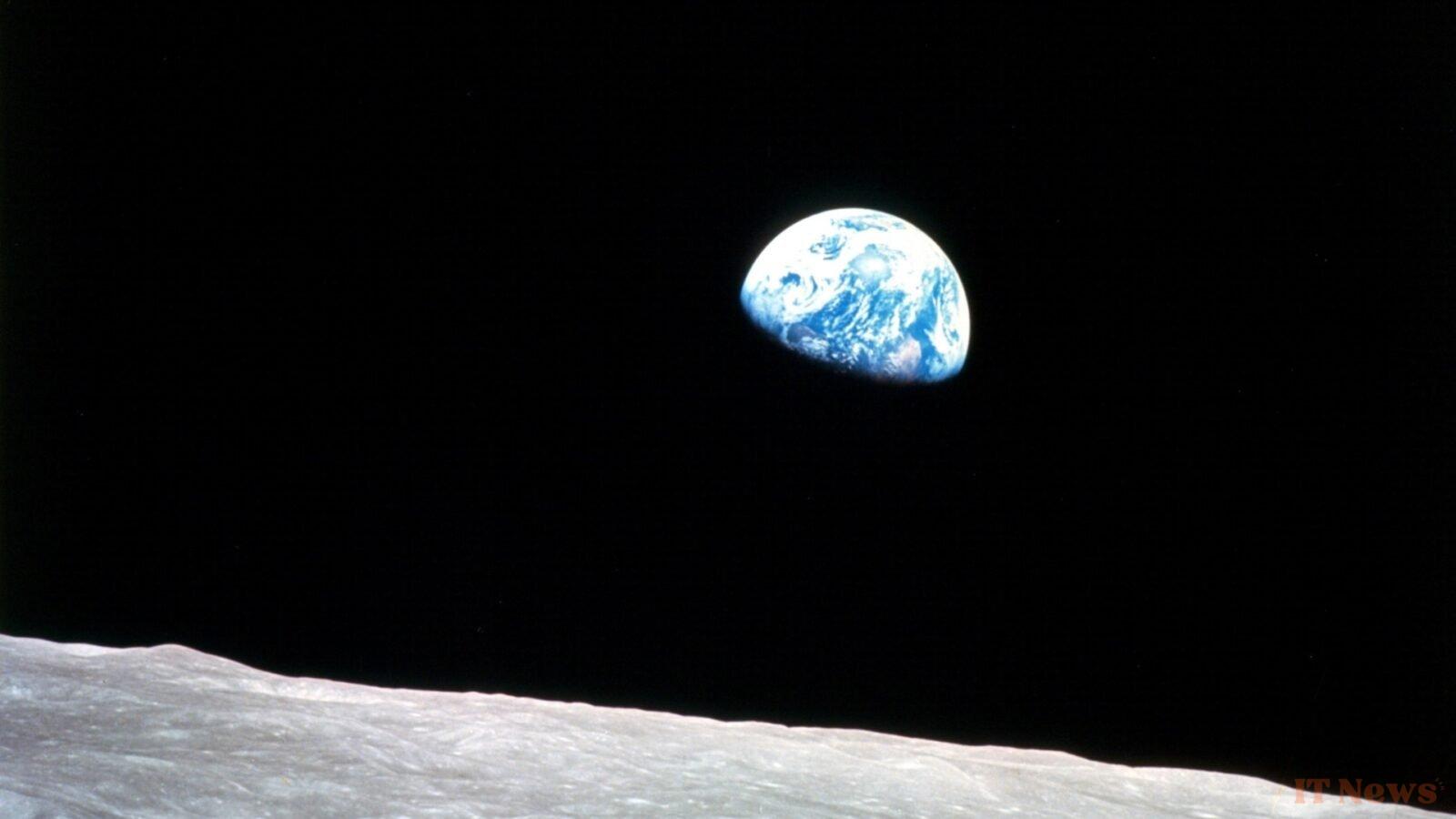NASA has quietly begun shutting down dozens of its X (formerly Twitter) accounts dedicated to its scientific missions, such as those for the Curiosity and Perseverance rovers, and the legendary Voyager duo. In all, at least 23 accounts linked to the Science Mission Directorate (SMD) will disappear or be merged. The agency justifies this decision by the need to "rationalize" a presence that has become sprawling: more than 400 accounts, including 300 for the SMD alone.
Silent robots
Some see this as a necessary adjustment, referring to a "long-awaited" operation. Others worry: deleting these accounts amounts to reducing access channels to exciting and highly followed missions. The @MarsCuriosity account has over 4 million followers, and continues to post its "best memories" before going into hibernation. The same tone applies to @NASAVoyager and @NASAPersevere, which share their "highlights" before giving way to NASA's main channels.
But not all of these robots are silent: missions continue on the ground—or rather, in space. Their progress will now have to be followed via the agency's general accounts, which are considered more readable by communicators. A change of tone that displeases some researchers, for whom this standardization is a mistake: "The purpose of social networks is to allow individual voices to reach their own audience," says astrophysicist Jonathan McDowell.
Behind this digital restructuring lies a very real cut. Donald Trump's proposed 2026 budget plans to cut NASA's funding by nearly 25%, nearly half of which is for science programs. As a result, more than 40 current or in-development missions could be eliminated, starting with Voyager, Orion, and the highly anticipated Mars Sample Return mission.
The communications office is also in the spotlight, with its budget nearly halved, from $76.2 million to $33.8 million. The stated goal: to centralize functions in Washington, reduce middle management, and automate routine tasks.
This damaging budgetary climate isn't just affecting NASA. Climate.gov, NOAA's climate portal, is also expected to shut down after laying off almost its entire team. For many observers, these cuts reflect a broader desire to restrict the visibility of public science in the United States.
A strategy that is clearly evident in the figures, but which is causing some uneasy feelings among space enthusiasts. Robots will continue to explore the far reaches of the solar system, but we won't hear much more about them.



0 Comments